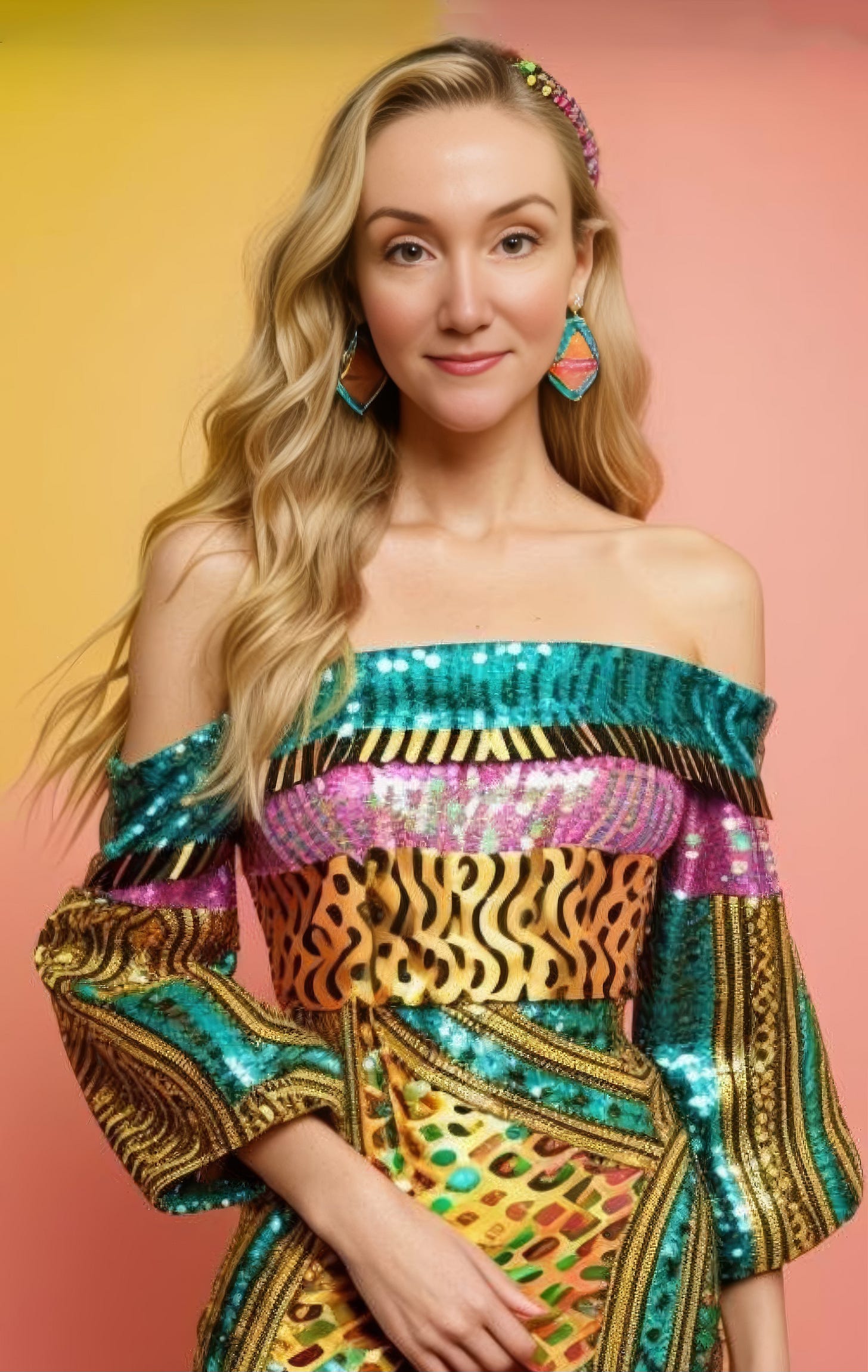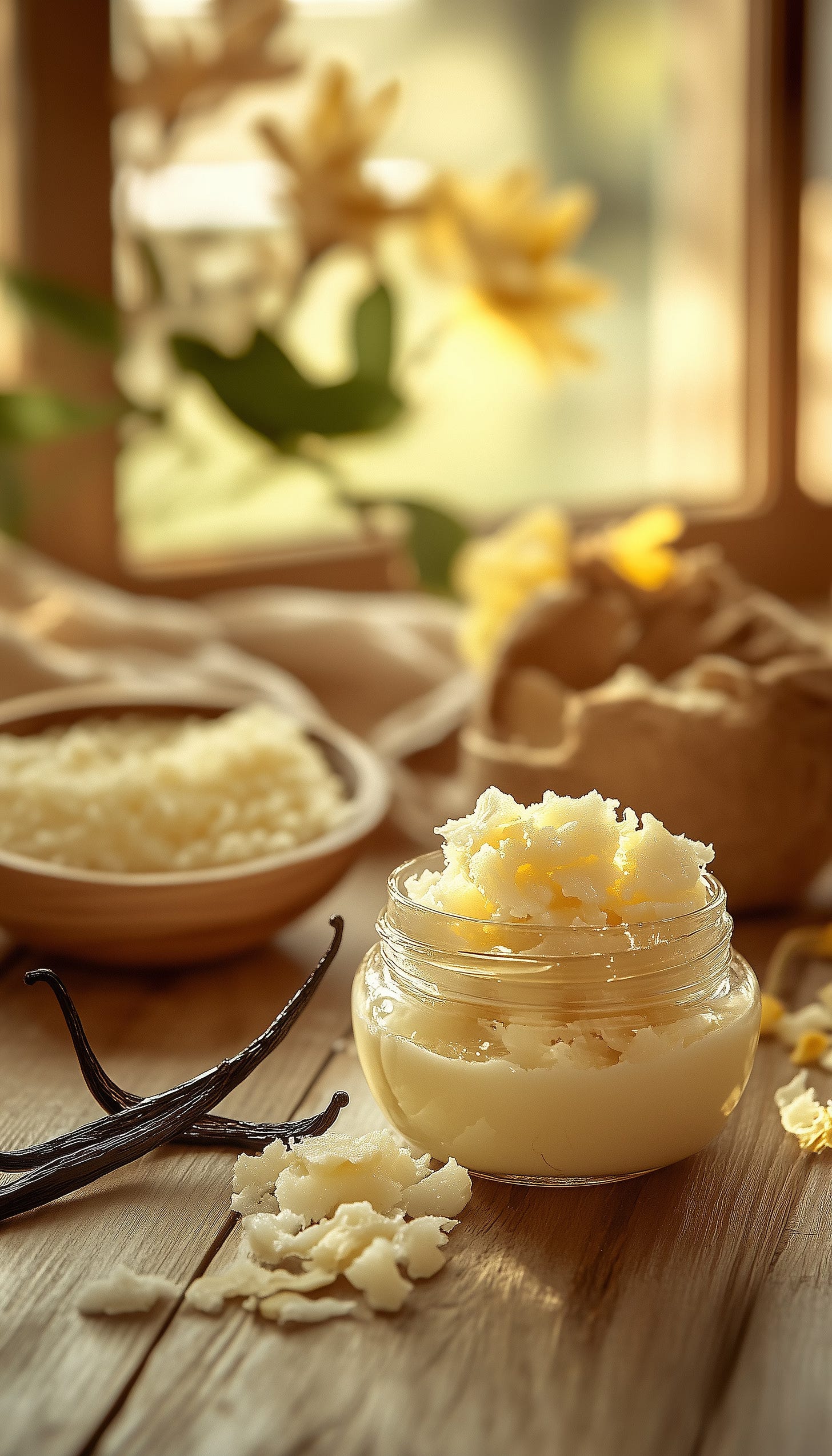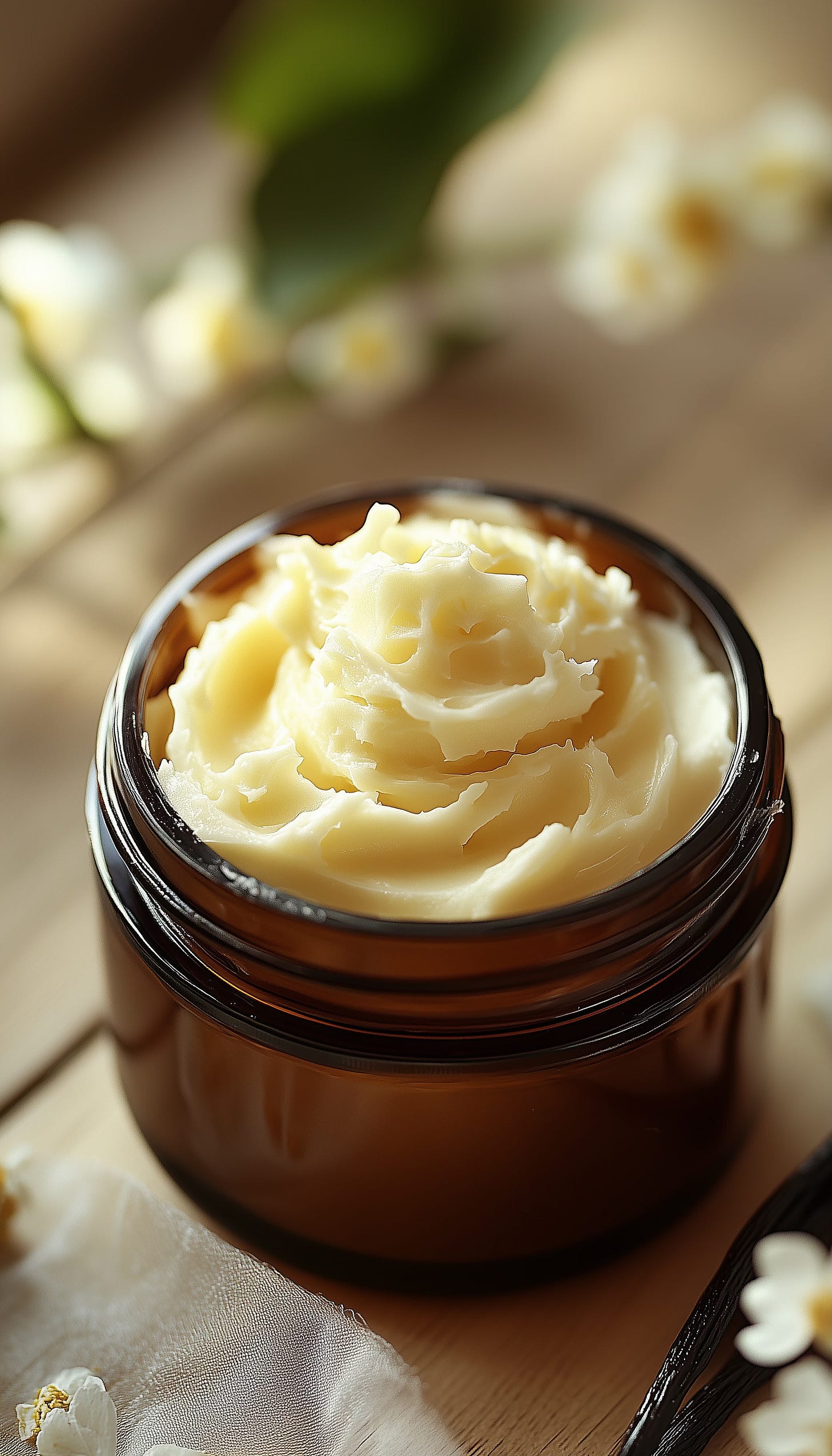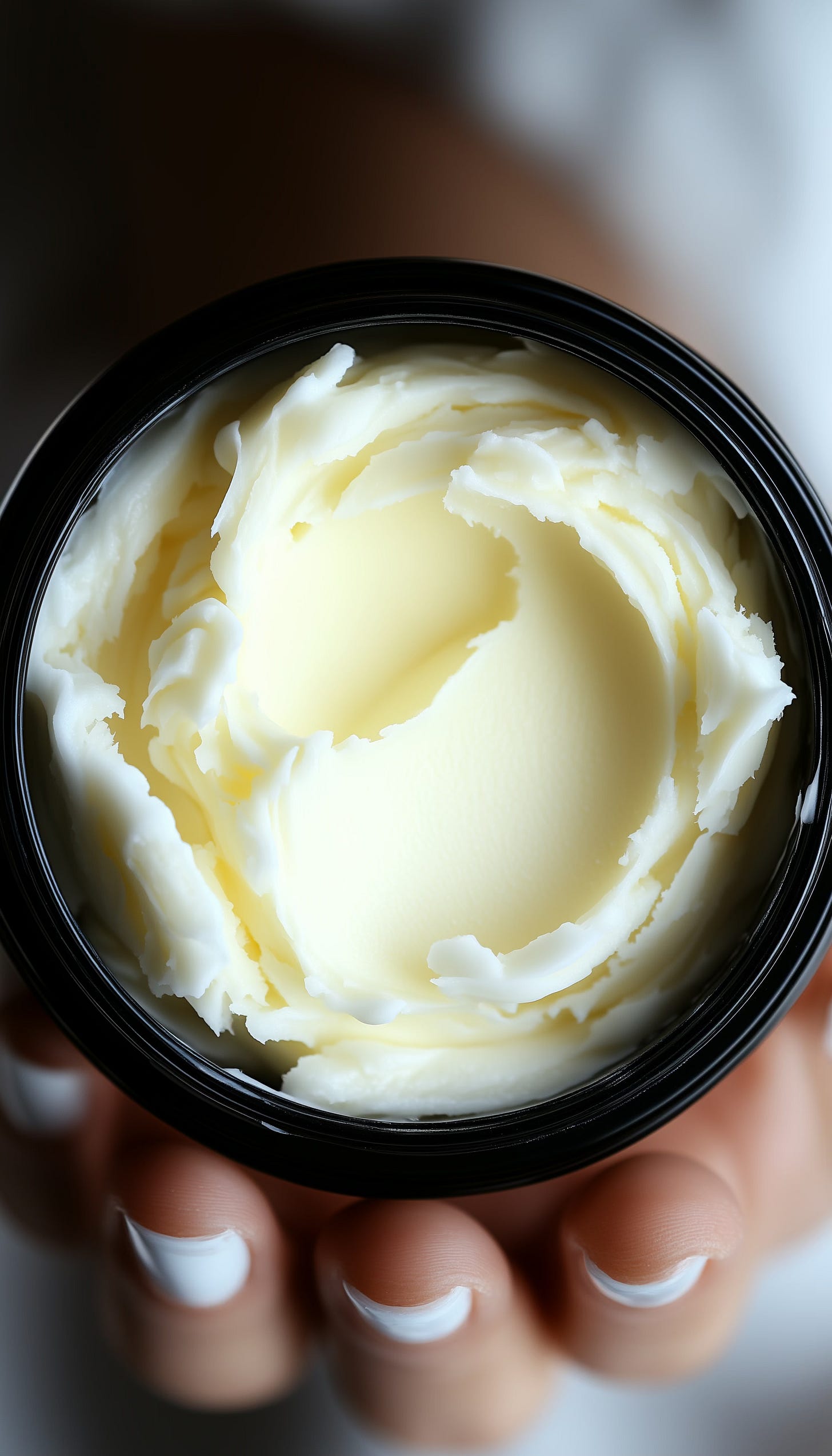Yesterday, when my daughter got braces, the orthodontist offered her a lip balm with a comforting scent of shea butter and coconut. It reminded me just how popular shea butter has become in hydrating beauty products. This remarkable ingredient not only works wonders for the skin but also carries a rich history and cultural significance that connects us to communities across the globe.
A History of Shea Butter
Shea butter comes from the nuts of the shea tree (Vitellaria paradoxa), native to Africa. For centuries, it has been used for its incredible moisturizing properties and its role in traditional African medicine and rituals. In many cultures, shea butter symbolizes purity, nourishment, and protection. It has been passed down through generations as a trusted remedy for skin, hair, and overall well-being.
What’s even more remarkable is how shea butter production empowers women in African communities. Women traditionally harvest and process shea nuts, often forming cooperatives to produce and sell shea butter globally. This “women’s gold” provides economic independence, supports families, and fosters sustainable practices.
Benefits of Shea Butter
Deep Hydration: Shea butter is a rich source of fatty acids like oleic and stearic acids, which lock in moisture and soften even the driest skin.
Soothes Skin Irritation: Its anti-inflammatory properties make it ideal for calming eczema, sunburn, and minor cuts or rashes.
Hair Nourishment: Shea butter is a savior for dry or damaged hair, reducing frizz, split ends, and scalp irritation.
Anti-Aging Properties: Packed with vitamins A and E, shea butter helps boost collagen production and reduce the appearance of wrinkles.
Cultural and Economic Impact: By supporting fair-trade shea butter, you contribute to empowering African women, preserving traditional practices, and promoting environmental sustainability.
Cultural Fascination and Symbolism
Shea butter transcends its practical uses, symbolizing care and connection. In African cultures, it’s often gifted as a token of healing and community. Globally, it has become a staple in beauty rituals, celebrated for its purity and natural effectiveness.
Other Uses of Shea Butter
Shea butter isn’t just for skin—it’s a multi-purpose wonder:
Lip Balm: Hydrates and protects chapped lips (great for braces wearers!).
Cuticle Cream: Softens and nourishes cuticles for healthy nails.
Body Scrub: Combine with sugar or salt for an exfoliating scrub.
Stretch Mark Cream: Helps improve skin elasticity and appearance.
DIY Whipped Body Butter Recipe
Ingredients:
1 cup raw shea butter
½ cup coconut oil
¼ cup almond oil or jojoba oil
10-15 drops of your favorite essential oil (e.g., lavender or vanilla)
Instructions:
Melt the shea butter and coconut oil in a double boiler over low heat.
Once melted, remove from heat and stir in the almond oil. Let it cool slightly.
Place the mixture in the refrigerator for 20-30 minutes until it’s partially solidified.
Use a hand mixer or whisk to whip the mixture until it’s light and fluffy.
Add essential oil and mix again.
Transfer to a clean jar and store in a cool place.
This whipped body butter is perfect for dry skin and makes a luxurious gift!
Conclusion
Shea butter is more than just a beauty ingredient—it’s a connection to history, culture, and empowerment. Whether you’re using it to hydrate lips, soothe skin, or create DIY beauty products, you’re also supporting the women whose dedication brings this “gold” to life.
Have you tried shea butter before? Let me know your favorite ways to use it!
See Shea Butter in Action!
Curious about how I used ChatGPT to uncover the magic of fair-trade shea butter and create a luxurious whipped body butter at home? 🌟 Watch my latest YouTube Short where I break it all down, from sourcing ethically to crafting a DIY recipe that’s as empowering as it is hydrating.
👉 Watch the video here: Daily Me Myself and Ai Youtube Short
Let AI help you discover ethical beauty and sustainable self-care! ✨








